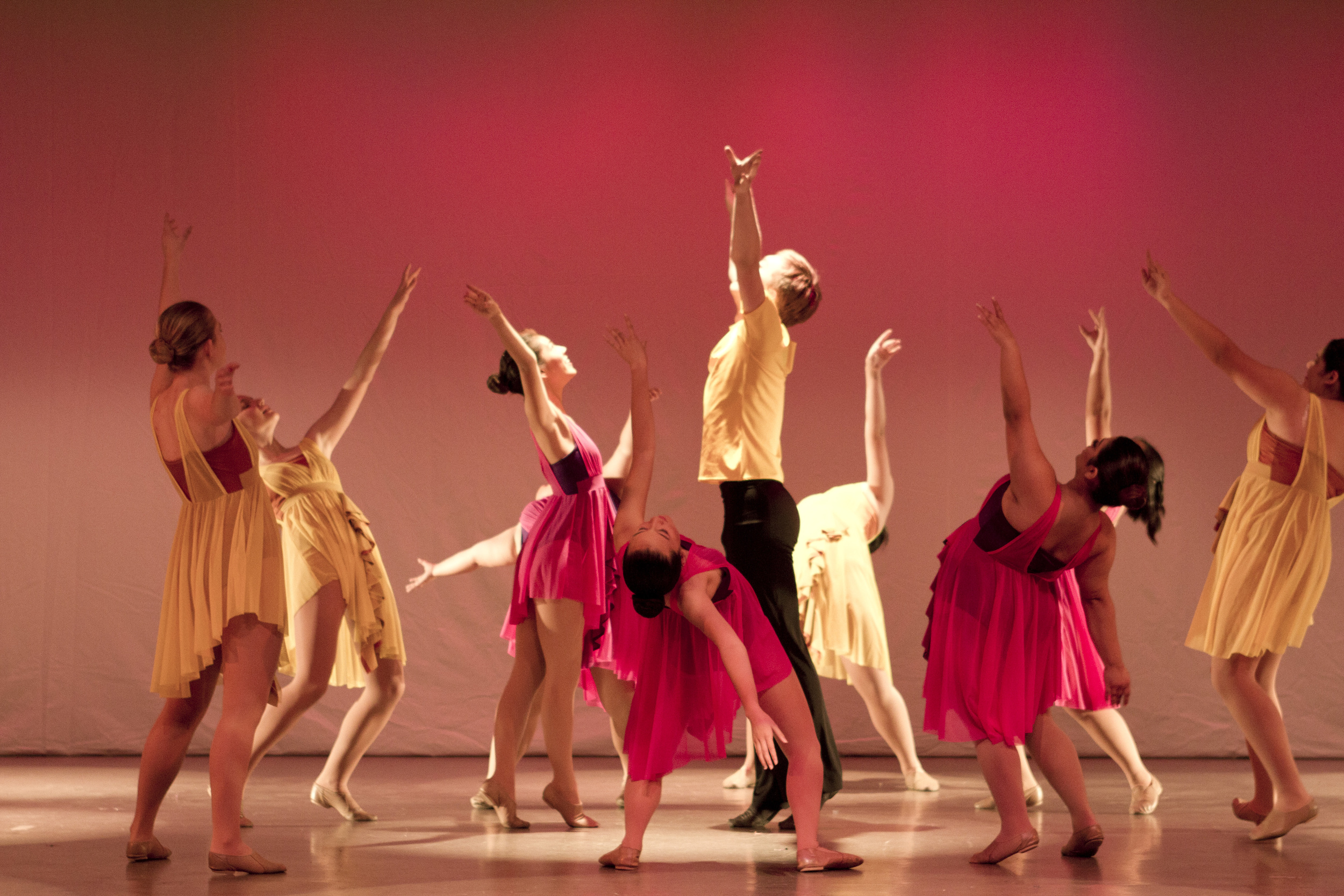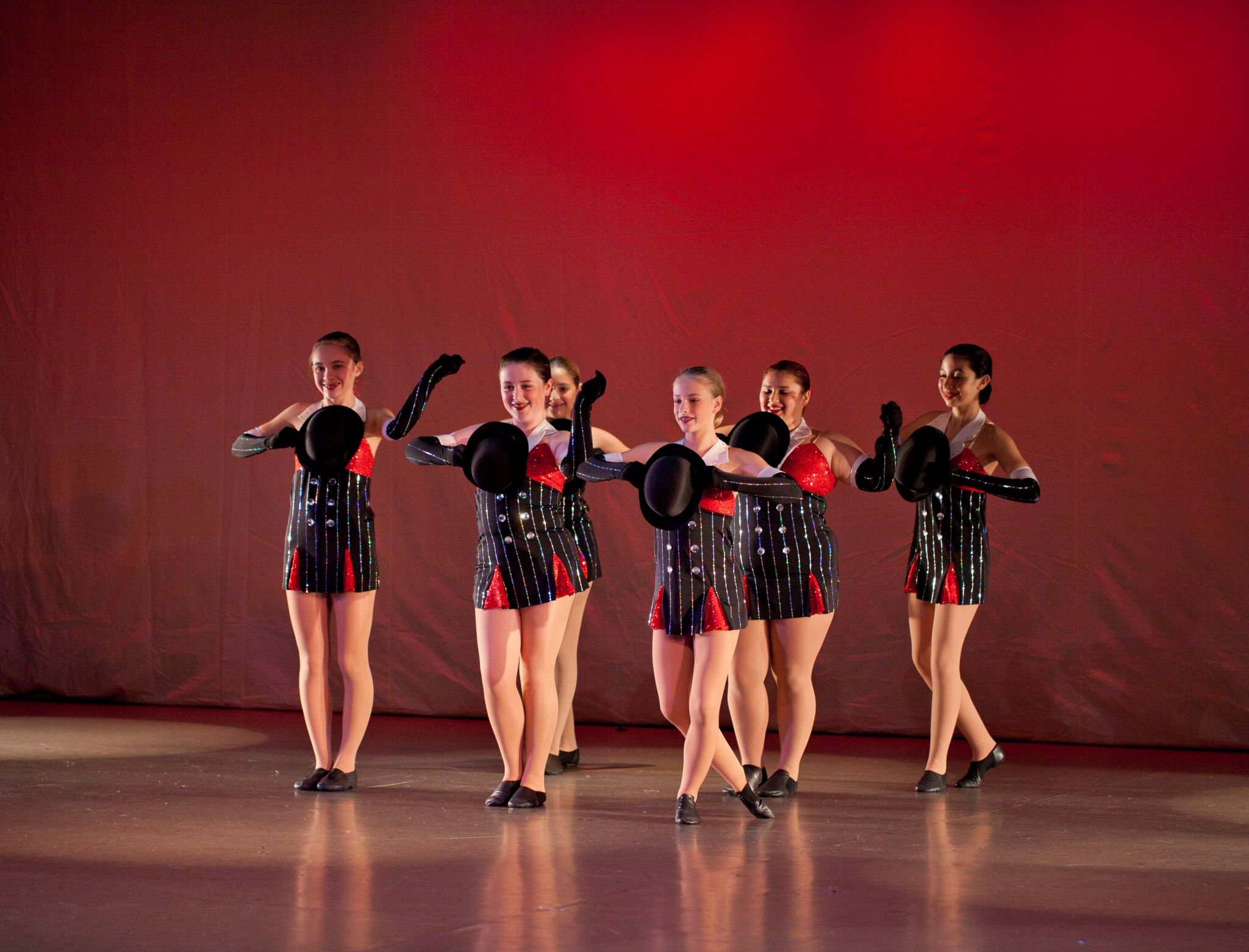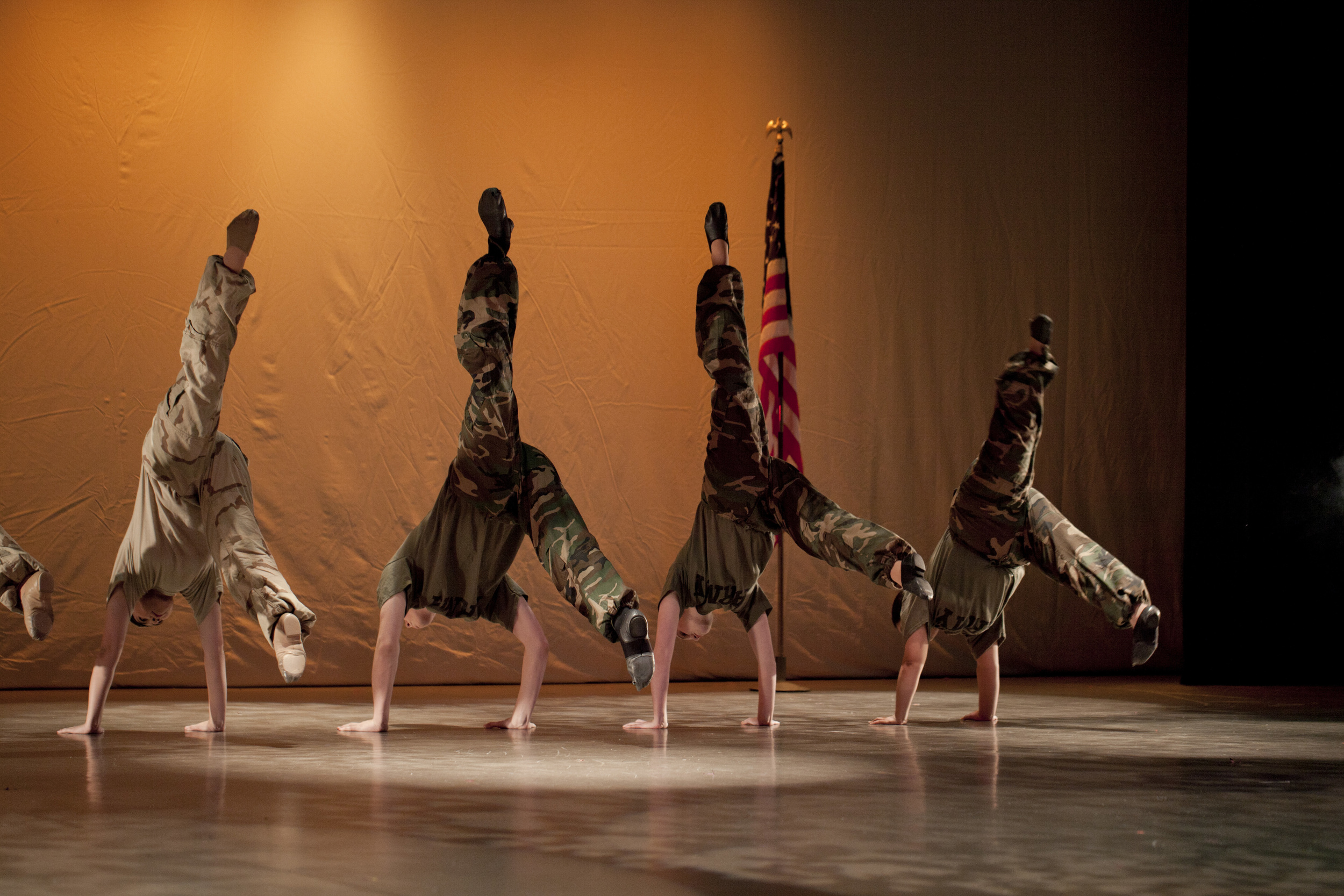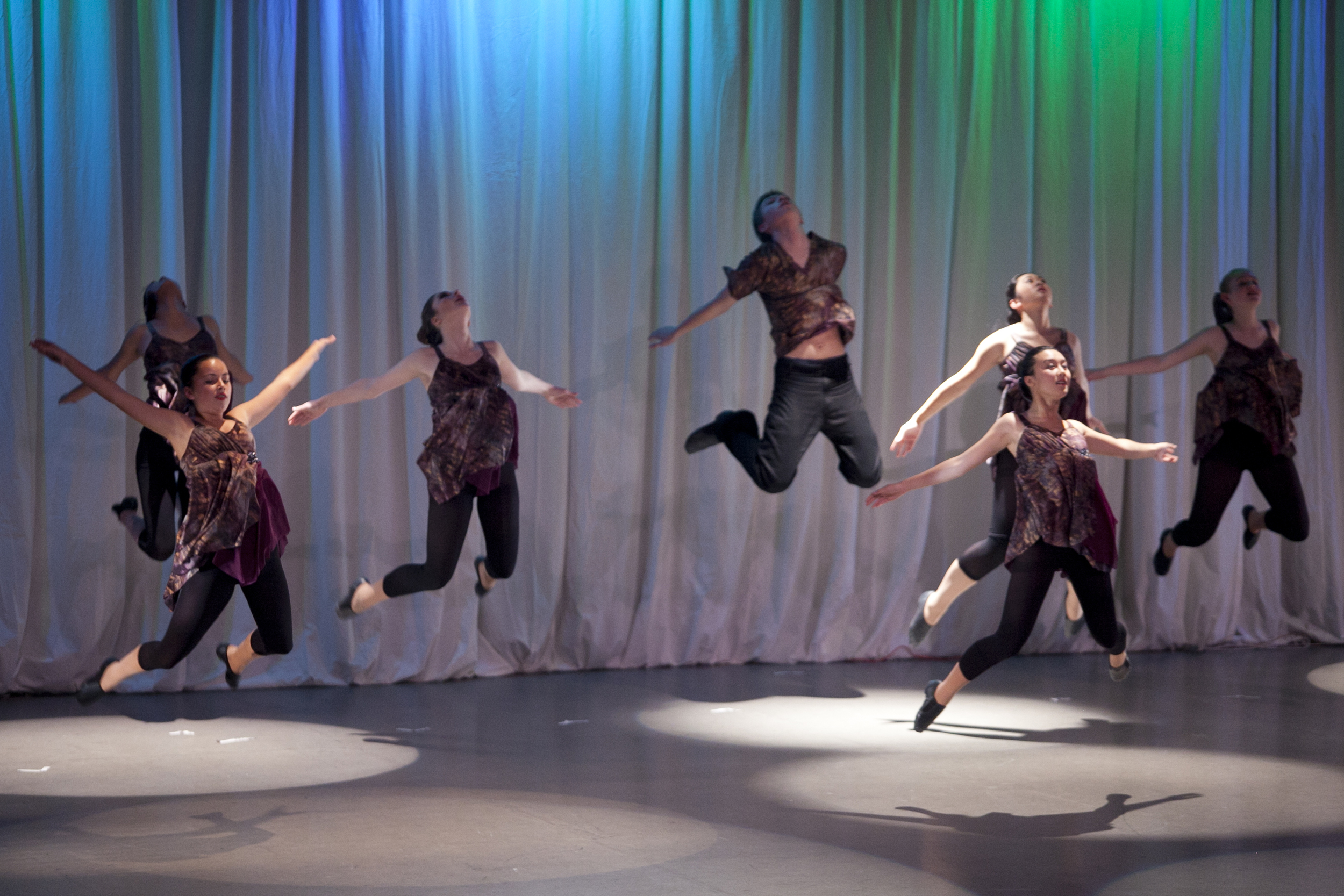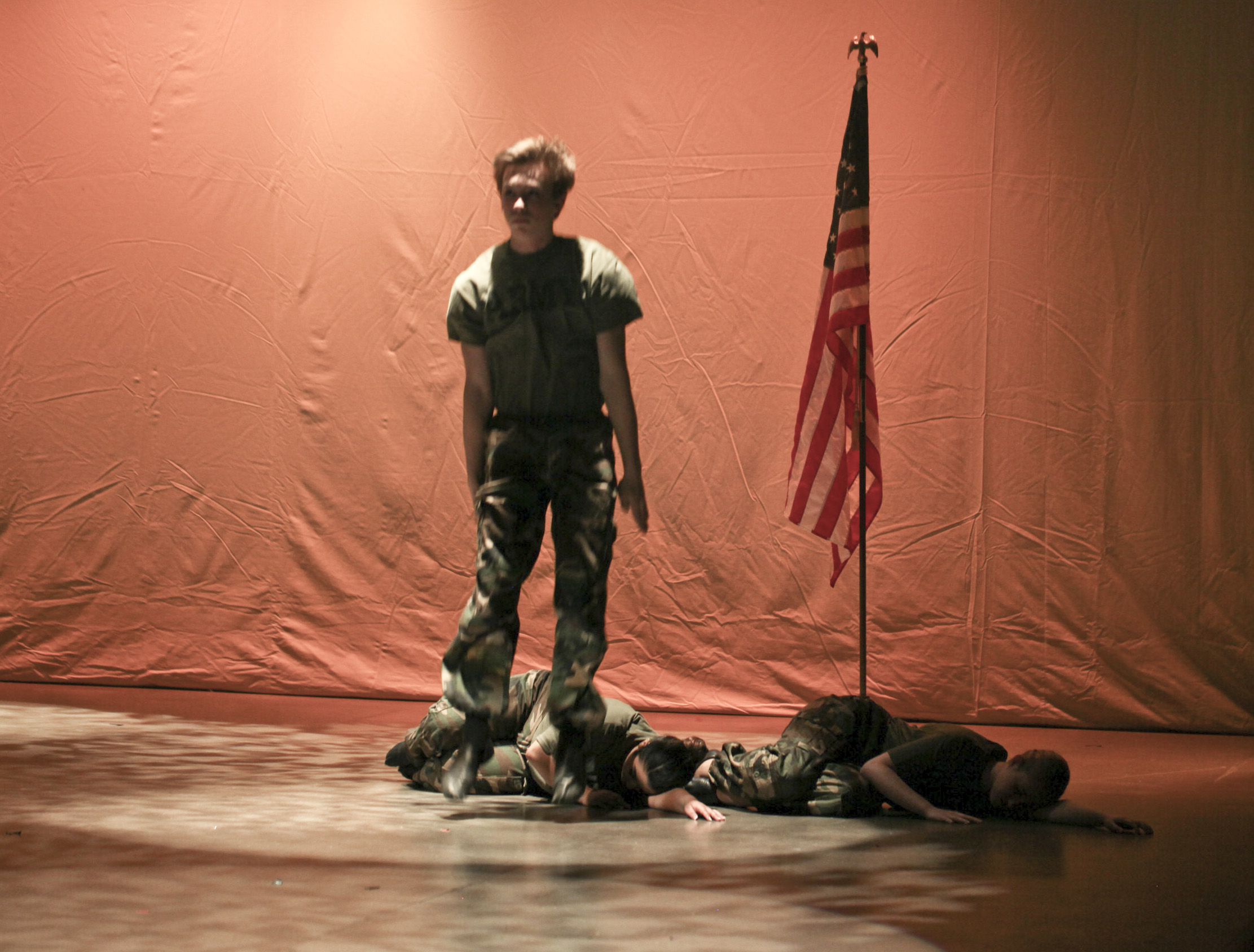All that Jazz!
Jazz dance originated from the African American vernacular dance of the late 1800s to the mid-1900s. During the later Jazz age, popular forms of Jazz dance were the Cakewalk, Black Bottom, Charleston, Jitterbug, Boogie Woogie, swing dancing and the related Lindy Hop.
After the 1950s, pioneers such as Katherine Dunham took the essence of Caribbean traditional dance and made it into a performing art. With the growing domination of other forms of entertainment music, jazz dance evolved on Broadway into a new, smooth style taught today and known as Modern Jazz. The performance style was popularized by Bob Fosse’s work, such as Chicago, Cabaret, Damn Yankees, and The Pajama Game.
Today, Jazz dance is present in many different venues and different forms but remains an essential part of musical theater choreography.
To excel in Jazz dance, the dancer must master ballet technique because it consists of slower movements that strengthens body and improves balance. This is also beneficial for jumps and turns where correct posture is necessary to properly complete the jump and/or turn. Jazz dancers' strong and sharp movements are aided by ballet technique. Jazz dance can take many different paths. It is often seen in its more traditional form, but can also cross over into other styles of dance to be lyrical or contemporary.

